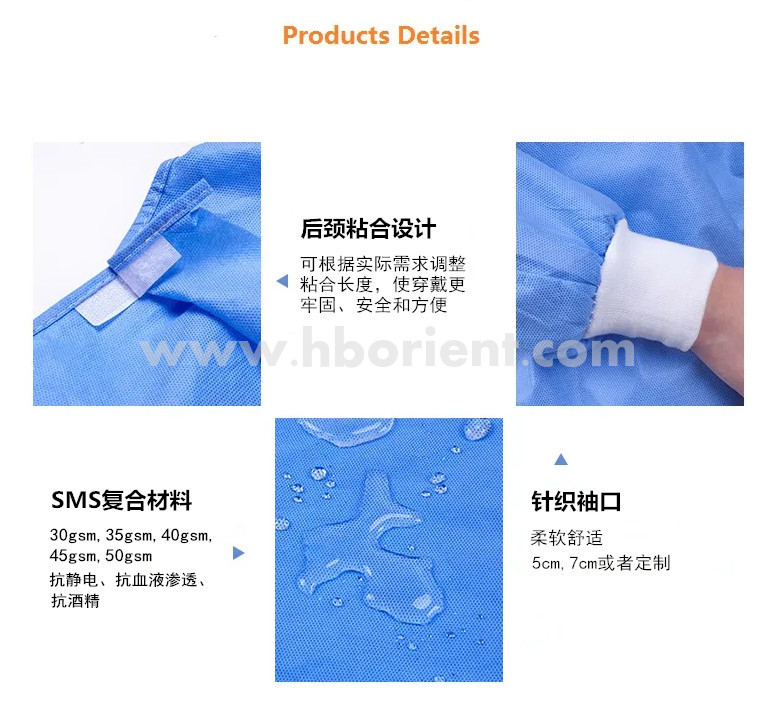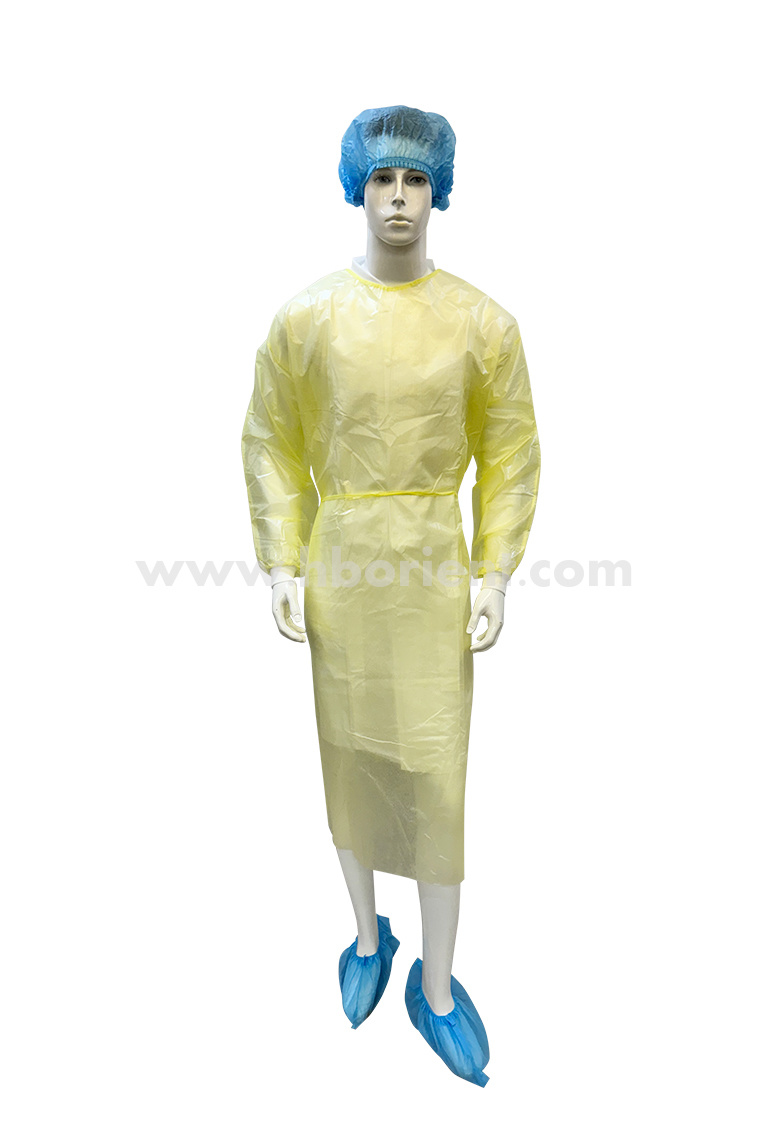Understanding the Significance of 510K Level 3 Surgical Gowns in the Hygiene and Cleaning Industry
2025-04-06
In the realm of hygiene and cleaning products, particularly in the healthcare sector, 510K Level 3 surgical gowns are essential for maintaining safety and compliance. These gowns are classified under the U.S. Food and Drug Administration (FDA) regulations, specifically designed to serve as protective garments for medical personnel and patients during surgical procedures or when handling potentially infectious materials.
**Understanding 510K Level 3 Surgical Gowns**
The designation of a surgical gown as “510K Level 3” refers to the FDA's premarket notification process, which indicates that the gown has met specific performance standards. Level 3 gowns are intended for use in moderate to high-risk situations. They offer a barrier against blood, bodily fluids, and other contaminants, making them crucial for surgical environments.
**Importance and Compliance**
For professionals in the hygiene and cleaning industry, understanding the significance of 510K Level 3 surgical gowns is critical. Compliance with FDA guidelines not only ensures the safety of healthcare providers and patients but also instills confidence in the products being manufactured or supplied. When sourcing or manufacturing surgical gowns, it’s vital to ensure that they meet the requisite performance standards such as liquid barrier protection, breathability, and comfort for the wearer.
**Key Features to Look For**
When selecting 510K Level 3 surgical gowns, consider the following key features:
1. **Material**: Look for gowns made from high-quality, non-woven materials that provide excellent liquid barrier protection while remaining breathable. The fabric should be durable yet comfortable to enhance the user's range of motion.
2. **Design and Fit**: A well-designed gown should provide full coverage without restricting movement. Consider gowns with features like elastic cuffs, adjustable necklines, and a secure fit around the waist.
3. **Sterility**: Depending on the intended use, ensure the gowns are sterile or can be sterilized effectively to prevent any risk of infection.
4. **Regulatory Compliance**: Verify that the gowns have the necessary FDA registration and meet the performance requirements outlined for Level 3 surgical gowns.
**Best Practices for Use and Disposal**
Proper use and disposal of 510K Level 3 surgical gowns are crucial aspects of infection control. Professionals should be trained in the correct donning and doffing procedures to minimize contamination risks. Additionally, establishing a clear disposal protocol that complies with local regulations is essential for maintaining hygiene standards.
In summary, 510K Level 3 surgical gowns play a vital role in the hygiene and cleaning industry, particularly within healthcare settings. By understanding the standards, key features, and best practices associated with these garments, professionals can enhance safety and compliance while providing high-quality products to their clients.
**Understanding 510K Level 3 Surgical Gowns**
The designation of a surgical gown as “510K Level 3” refers to the FDA's premarket notification process, which indicates that the gown has met specific performance standards. Level 3 gowns are intended for use in moderate to high-risk situations. They offer a barrier against blood, bodily fluids, and other contaminants, making them crucial for surgical environments.
**Importance and Compliance**
For professionals in the hygiene and cleaning industry, understanding the significance of 510K Level 3 surgical gowns is critical. Compliance with FDA guidelines not only ensures the safety of healthcare providers and patients but also instills confidence in the products being manufactured or supplied. When sourcing or manufacturing surgical gowns, it’s vital to ensure that they meet the requisite performance standards such as liquid barrier protection, breathability, and comfort for the wearer.
**Key Features to Look For**
When selecting 510K Level 3 surgical gowns, consider the following key features:
1. **Material**: Look for gowns made from high-quality, non-woven materials that provide excellent liquid barrier protection while remaining breathable. The fabric should be durable yet comfortable to enhance the user's range of motion.
2. **Design and Fit**: A well-designed gown should provide full coverage without restricting movement. Consider gowns with features like elastic cuffs, adjustable necklines, and a secure fit around the waist.
3. **Sterility**: Depending on the intended use, ensure the gowns are sterile or can be sterilized effectively to prevent any risk of infection.
4. **Regulatory Compliance**: Verify that the gowns have the necessary FDA registration and meet the performance requirements outlined for Level 3 surgical gowns.
**Best Practices for Use and Disposal**
Proper use and disposal of 510K Level 3 surgical gowns are crucial aspects of infection control. Professionals should be trained in the correct donning and doffing procedures to minimize contamination risks. Additionally, establishing a clear disposal protocol that complies with local regulations is essential for maintaining hygiene standards.
In summary, 510K Level 3 surgical gowns play a vital role in the hygiene and cleaning industry, particularly within healthcare settings. By understanding the standards, key features, and best practices associated with these garments, professionals can enhance safety and compliance while providing high-quality products to their clients.
Latest News


Quick Navigation
Ammex-Weida(Hubei) Health and Safety Products Co.,Ltd (Chinese Version)
Contact Us
5F,BLDG No.8,SOHO Town,CBD,Huaihai Road,Jianghan District,Wuhan,Hubei,China
Copyright © Hubei Orient International Trading Corporation






